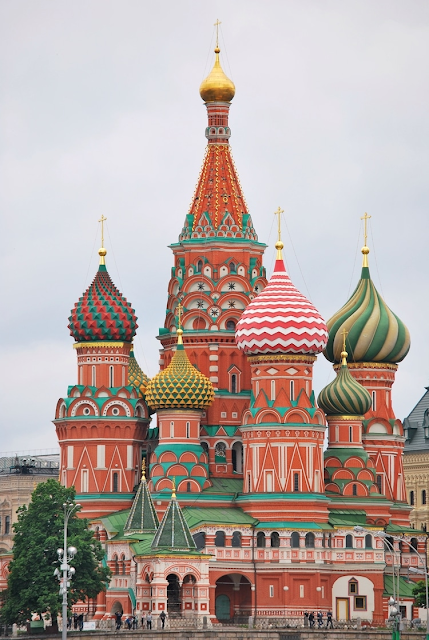The early Ming Dynasty was a period of cultural restoration. There was a re-establishment of a Chinese ruling house that lead to court-dictated styles and arts.
Sutra box with dragon amid clouds Ming Dynasty(1368-1644) Yongle period(1403-24)
this box was made to hold a sutra which is a sacred Buddhist text. The fact that it has a dragon indicates that it was made in an imperial workshop and used by someone of high status. This lacquered box was created by building up layers of resin. In this case, the sap was very toxic and people would have to take several measures to deal with that toxicity. The red color is associated with good fortune, and the pigment cinnabar was likely used to create this color. Gold inlay was used to create the design of the dragon and the clouds.
Two Hawks in a Thicket Lin Liang Mid-15th century
These hawks are portrayed as sitting on branches surrounded by bamboo. Hawks are birds that represent heroism and valor and are normally atop a mountain surveying the land. These are different as they are looking at each other in a way that friends might. This style of bird and flower painting is a specialty of Lin Liang. This a large-scale painting that was done on silk and came back into popularity during the Ming Dynasty.
Dragon Pine Wu Boli
late 14th - early 15th century
Wu Boli was a Daoist priest and this painting was created for the 43rd Daoist "pope", Zhang Yuchu. The tree resembles the flow of a dragon with its long trunk and wing-like foliage. For many people, the pine tree represented the moral character of a virtuous man as he strives to reach the heavens. According to the art of Feng Shui the energy at the bottom of a mountain is greatest compared to anywhere else and that is exactly where this tree is.
“Lin Liang: Two Hawks in a Thicket: China: Ming Dynasty (1368–1644).” The Metropolitan Museum of Art, https://www.metmuseum.org/art/collection/search/45676.
“Sutra Box with Dragons amid Clouds: China: Ming Dynasty (1368–1644), Yongle Period (1403–24).” The Metropolitan Museum of Art, https://www.metmuseum.org/art/collection/search/60870.
“Wu Boli: Dragon Pine: China: Ming Dynasty (1368–1644).” The Metropolitan Museum of Art, https://www.metmuseum.org/art/collection/search/45659.





Hello Clara! I love the pieces you chose for you blog. The Sutra box with dragon amid clouds is stunning! It was awesome to see you picked different mediums for this blog. I love the detail you told about this piece. The meaning of each detail and the pigment cinnabar. You did a great job giving the history and significance of each piece, but it would have been nice to know how you felt about each piece. I also wonder with the third piece in your blog, Dragon Pine, how tall is this piece in real life? I actually love the minimal color palette and the use of one color throughout. Red and gold in the first piece, black on tan in the second, and black on linen in the third with a pop of color on the very top. Beautiful and exquisite.
ReplyDelete